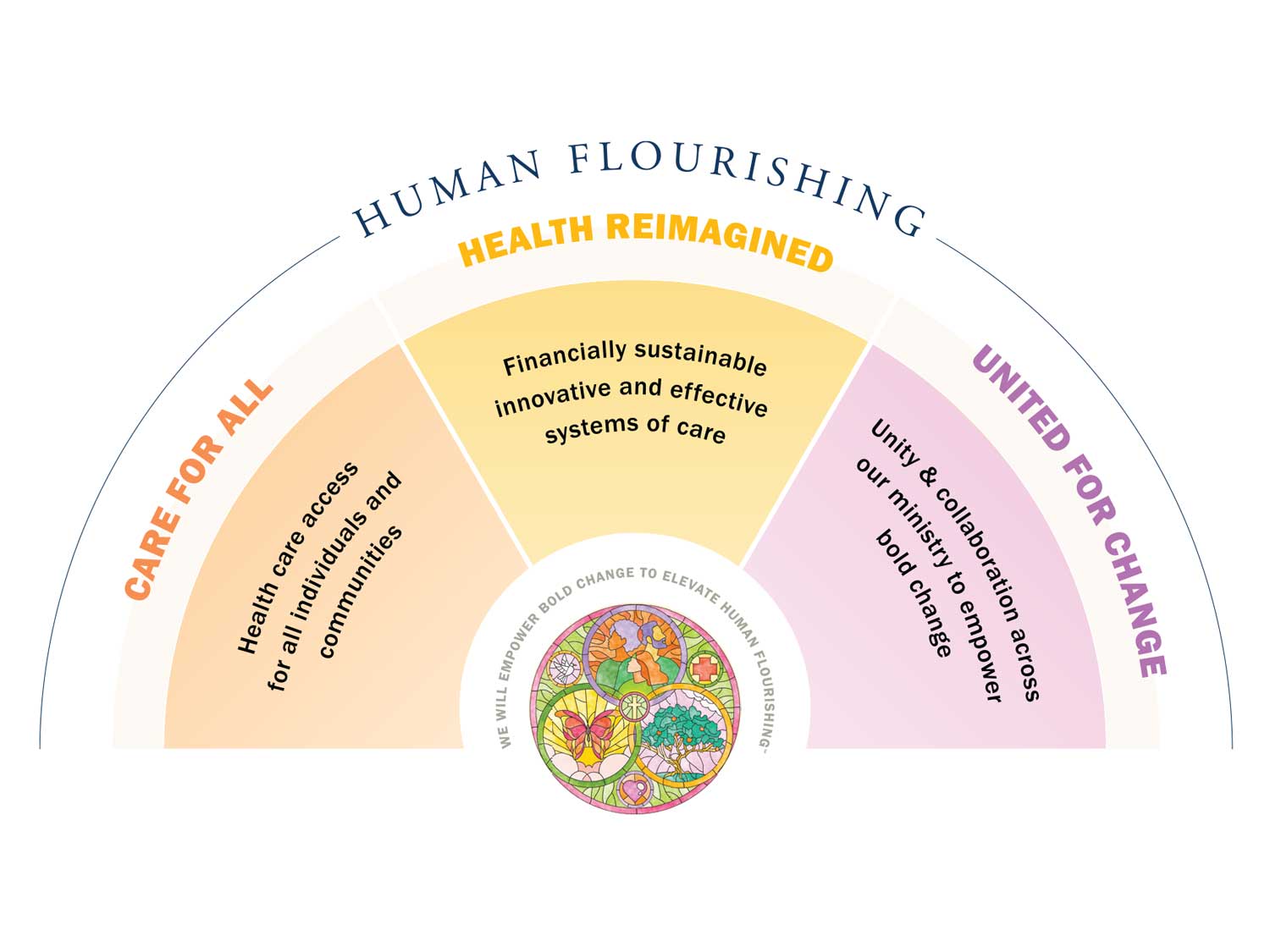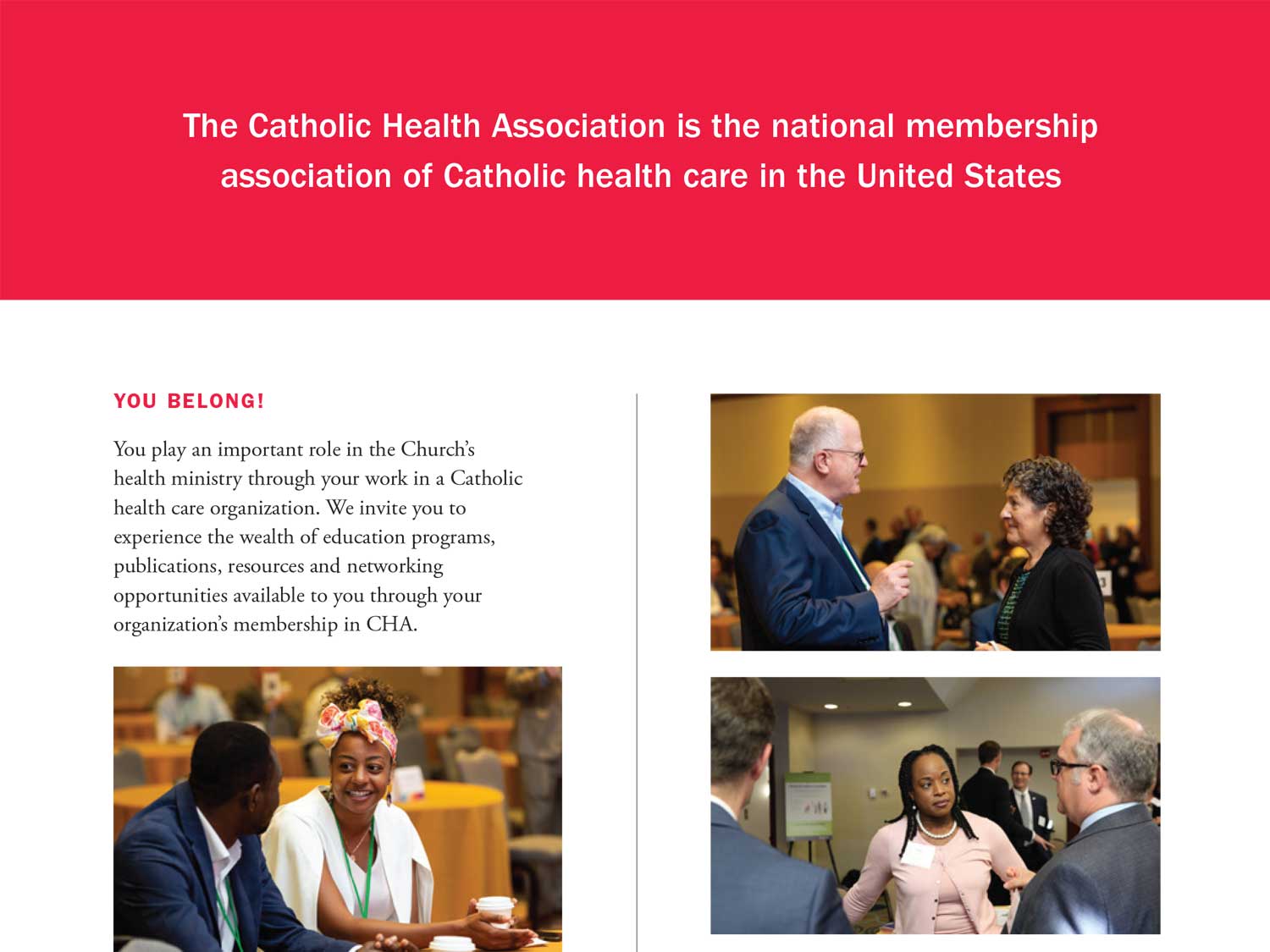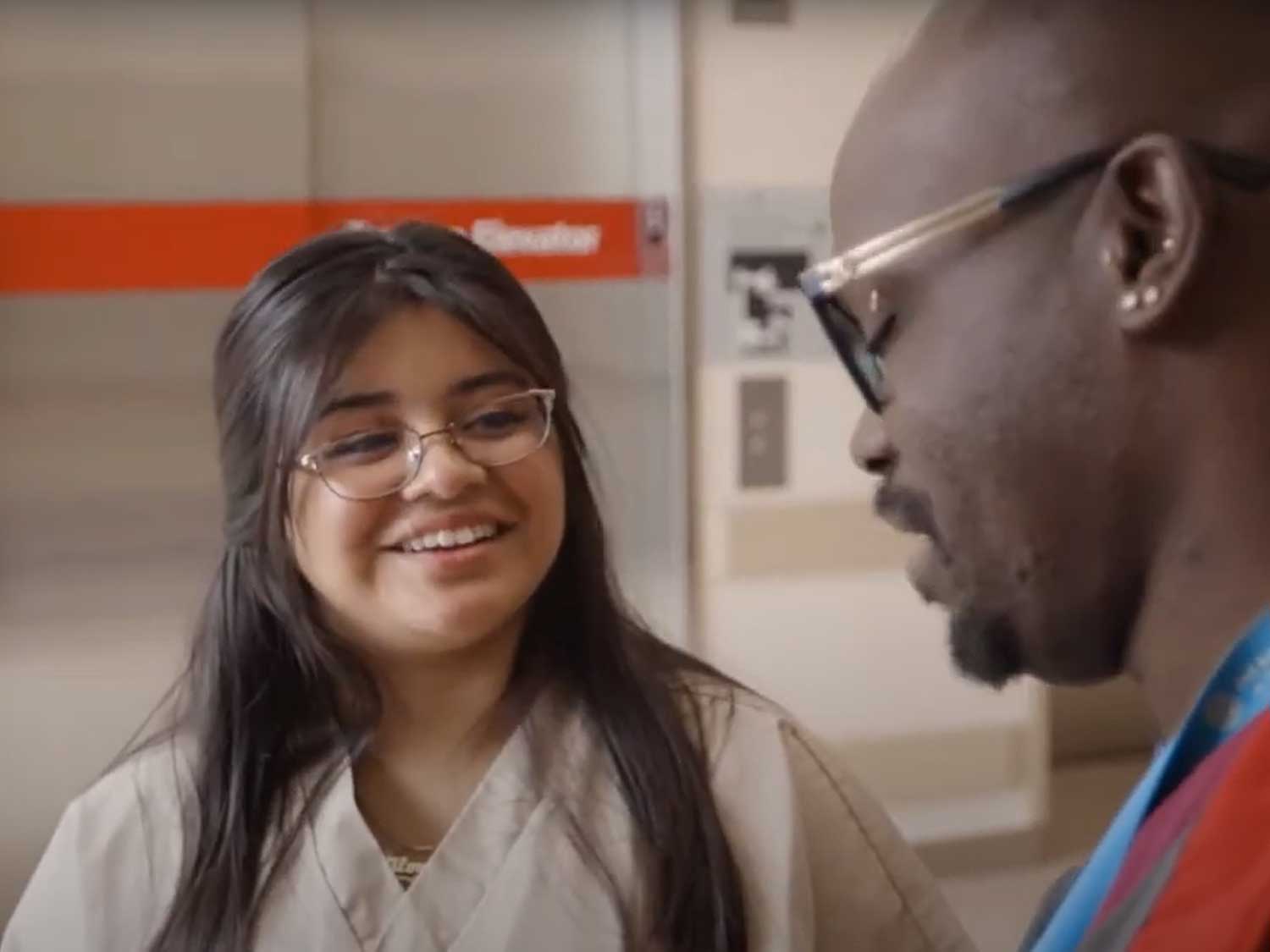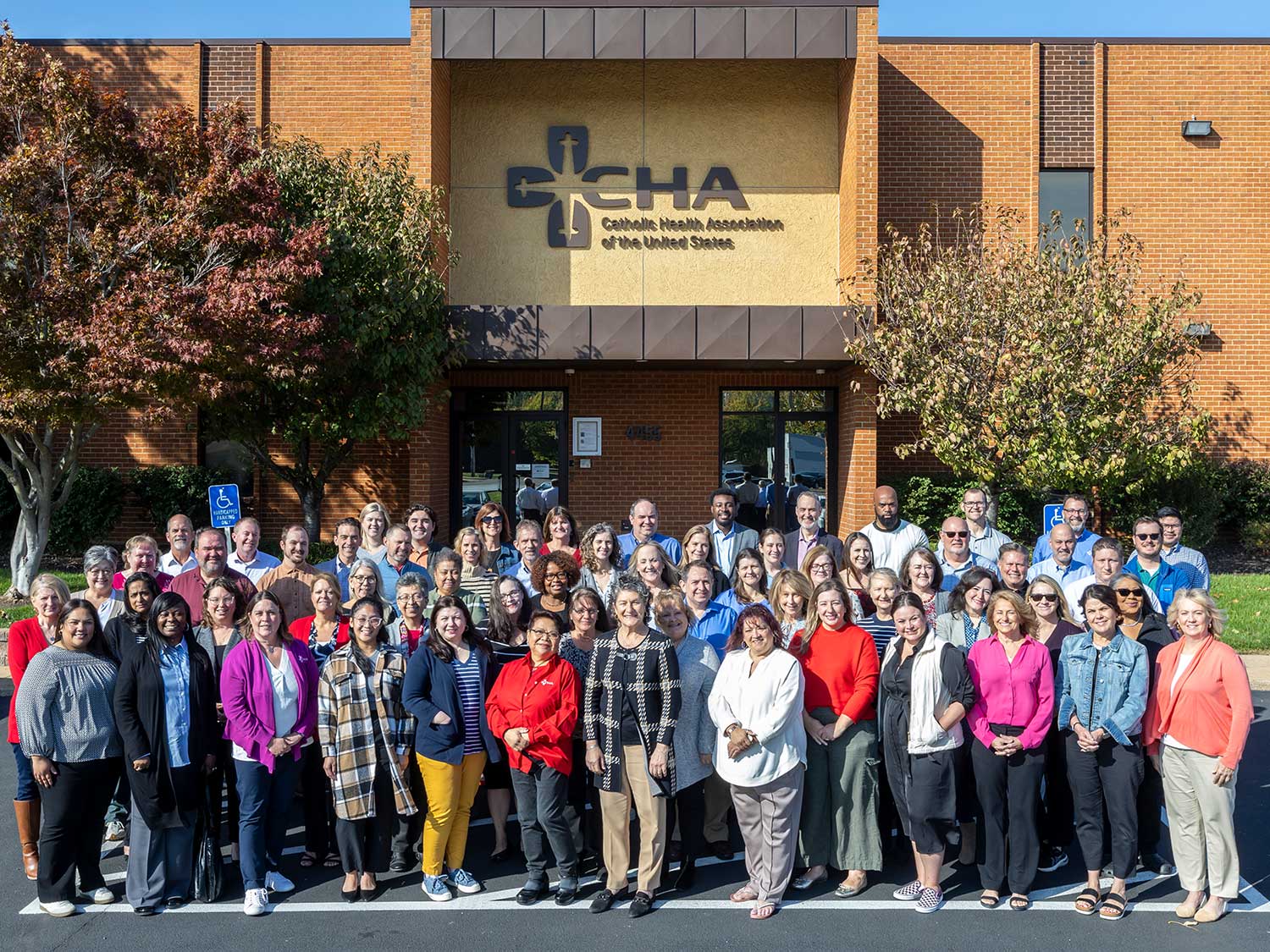The Catholic Health Association is the national membership association of Catholic health care in the United States, providing expertise and resources for advocacy and health policy at both national and state levels. It fosters connections and collaboration with the Holy See and bishops to support the health ministry of the Catholic Church and offers thought leadership and consulting on challenging health care issues. Members benefit from networking and sharing best practices across Catholic health care, timely education and formation opportunities for leadership and professional development, complimentary webinars, and access to exclusive resources on chausa.org. Additionally, CHA provides prayers and videos for personal and group reflection.
About Catholic Health Care
Catholic health care is a ministry of the Catholic Church continuing Jesus' mission of love and healing in the world today. Comprised of more than 650 hospitals and 1,600 long-term care and other health facilities in all 50 states, the Catholic health ministry is the largest group of nonprofit health care providers in the nation. At the national level, these organizations join together in the Catholic Health Association of the United States. In CHA, the ministry raises a collective passionate voice for compassionate care.
Mission, Vision and Values

Strategic Plan
We, the Catholic Health Association, are compelled to ensure access to care for all so everyone has opportunities to reach their full potential. We know that business as usual is no longer acceptable or sustainable. We envision a reimagined health ecosystem in which health care is not a commodity but a human right integral to a just society and a strong, healthy national community. Our Strategic Plan creates the groundwork for our commitment to fostering human flourishing by uniting our members and all people of goodwill to prioritize the dignity of each person and the common good.
.jpg?sfvrsn=e0d22bc8_1)
Shared Statement of Identity
We are the people of Catholic health care, a ministry of the church continuing Jesus' mission of love and healing today. As provider, employer, advocate, citizen - bringing together people of diverse faiths and backgrounds - our ministry is an enduring sign of health care rooted in our belief that every person is a treasure, every life a sacred gift, every human being a unity of body, mind, and spirit.

Vision Statement
CHA's vision - We Will Empower Bold Change to Elevate Human Flourishing - complements our mission "to advance the Catholic health ministry of the United States in caring for people and communities."
Telling Our Story

CHA Brochure
This brochure provides a comprehensive look at the mission, programs, and resources provided by CHA in areas of advocacy, community benefit, mission, ethics, sponsorship, continuum of care, global health and leadership formation.
.jpg?sfvrsn=d166edcb_6)
Facts & Statistics
CHA advances the Catholic health ministry of the United States in caring for people and communities. Comprised of more than 600 hospitals and 1,600 long-term care and other health facilities in all 50 states, the Catholic health ministry is the largest group of nonprofit health care providers in the nation. Every day, more than one in seven patients in the U.S. is cared for in a Catholic hospital.

This is Catholic Health Care
The Catholic Health Association is pleased to present This is Catholic Health Care, a video series celebrating the work of our member ministries in advancing human dignity and the common good in their local communities.

When Healthcare Really Cares
CHA has launched a digital ad campaign that highlights how our healing ministry cares for the patients and communities we serve. This campaign will utilize social media channels to share examples of how we care for the whole person, invest in community health, and advocate for access to care for all.

Healthcare Here
CHA is a founding member of the Alliance for Access to Care, which has launched Healthcare Here to elevate the critical value non-profit hospitals deliver for patients and their local communities. The initiative is also designed to shine a light on practices exploited by others in the U.S. healthcare delivery system that boost profits and create barriers for patients seeking access to care.

